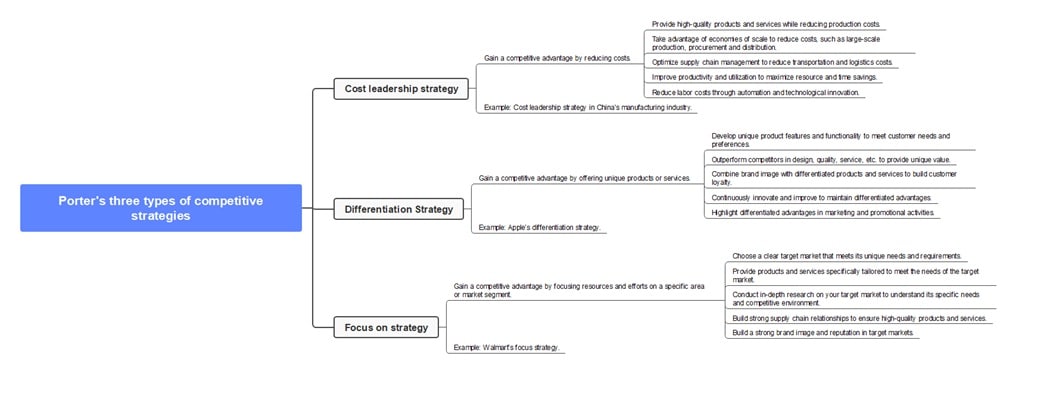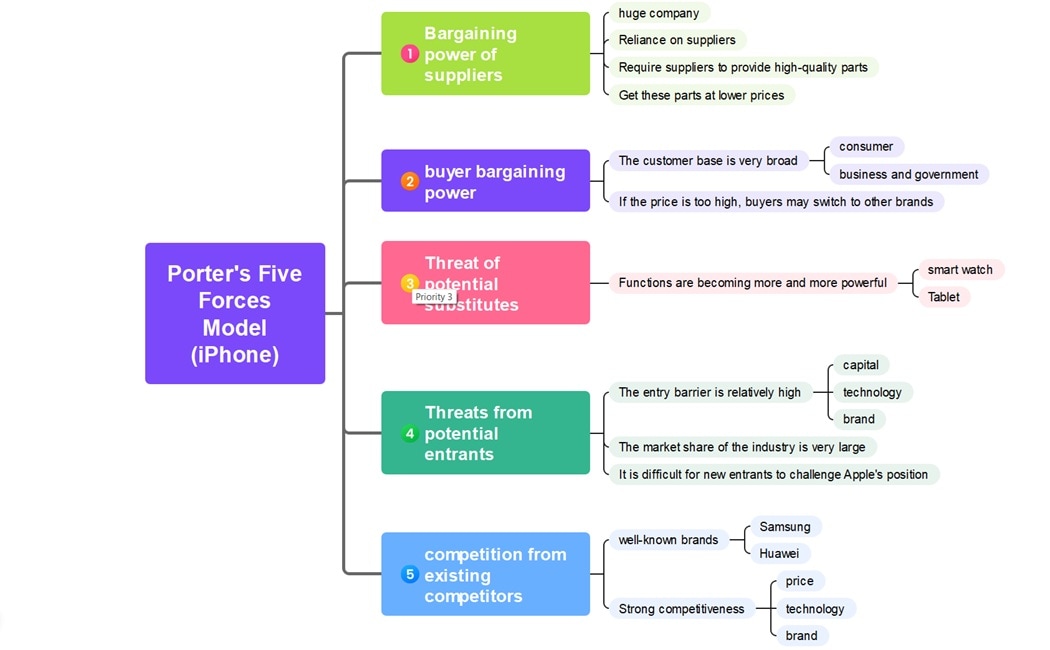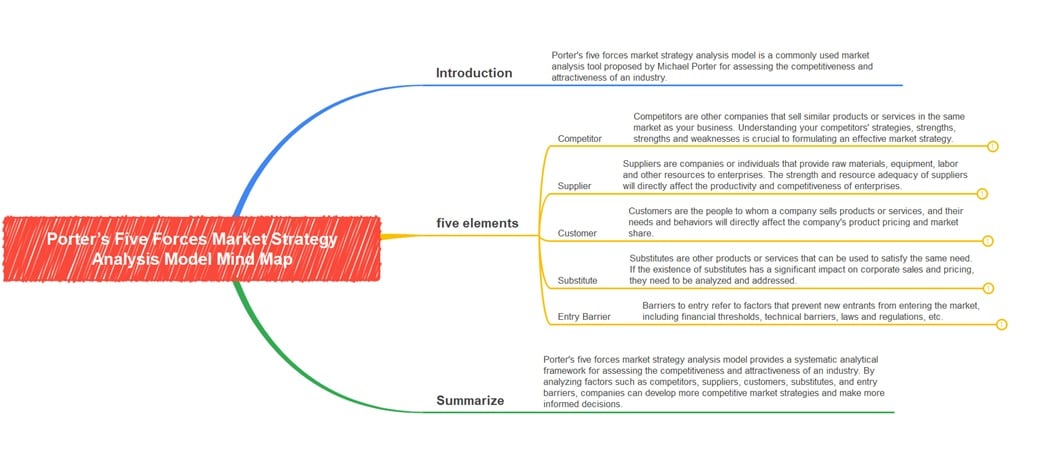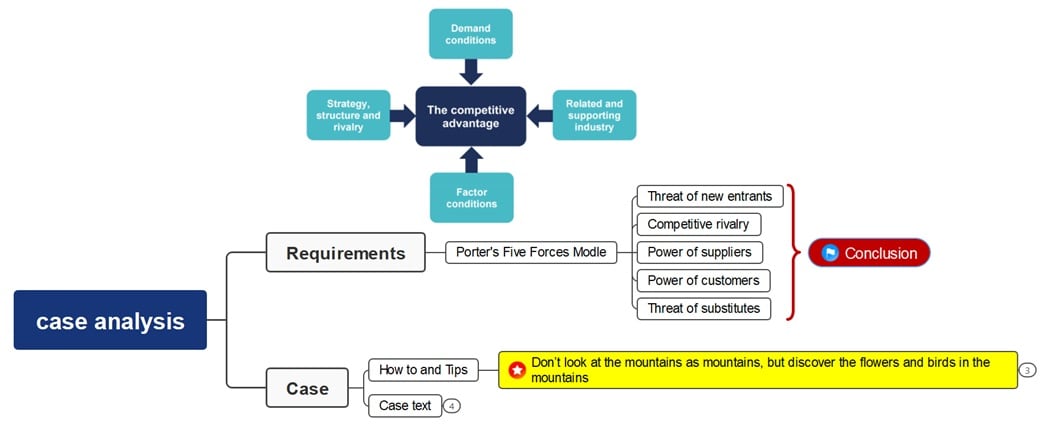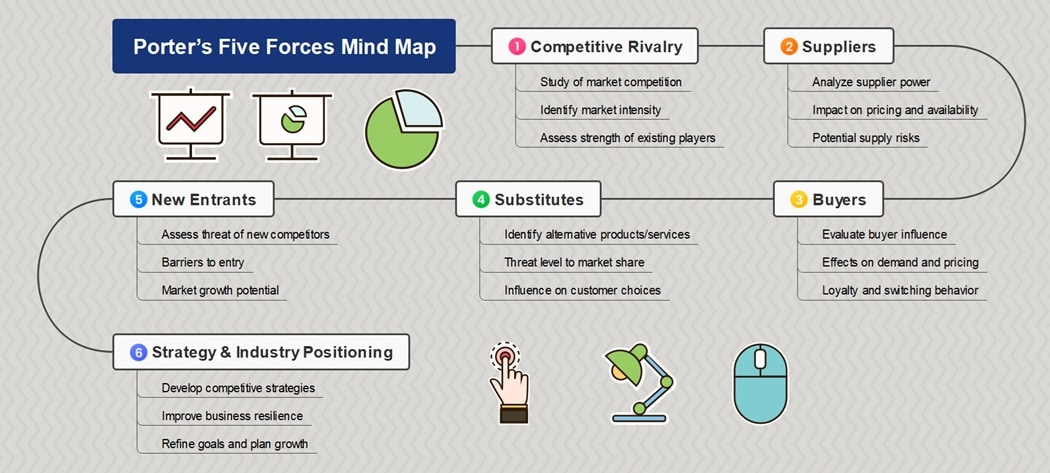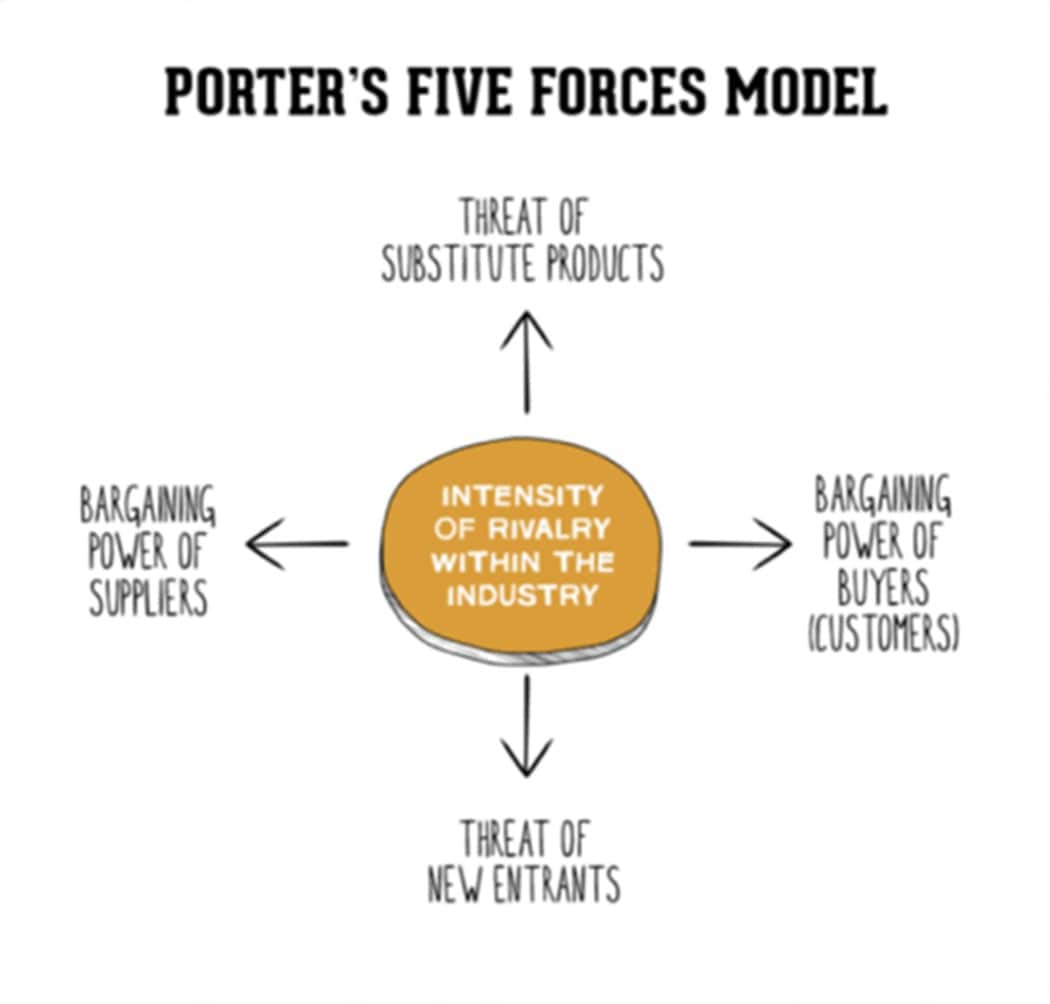
Porter's Five Forces is a structure that assists in investigating the level of rivalry within a specific industry.
It is highly beneficial if you are looking to start a new venture, set up a business, or maybe shift to another industry. As per this system, competitiveness does not just come from rivals.
The state of rivalry in an industry depends on five basic forces: the threat of new entrants, bargaining power of suppliers, bargaining power of buyers, the threat of substitute products or services, and existing industry competition.
The cumulative strength of these forces determines both the competitive profit and the attractiveness of an industry.
If the five forces are intense, almost no organization in the industry earns appealing returns on investments. If the forces are gentle, there is space for more significant yields.
In this article
The Porter’s Five Forces
To analyze and identify the industry's strengths and weaknesses, Porter's Five Forces model is used. These five forces of analysis are commonly utilized to determine the industry's structure and identify the corporate strategy.
Porter's Five Forces model applies to any segment of the economy to understand the intensity of competition within the industry, thereby boosting the company's profitability over the long run.
These Porter's Five Forces are named after the professor of Harvard Business School, Michael E. Porter.
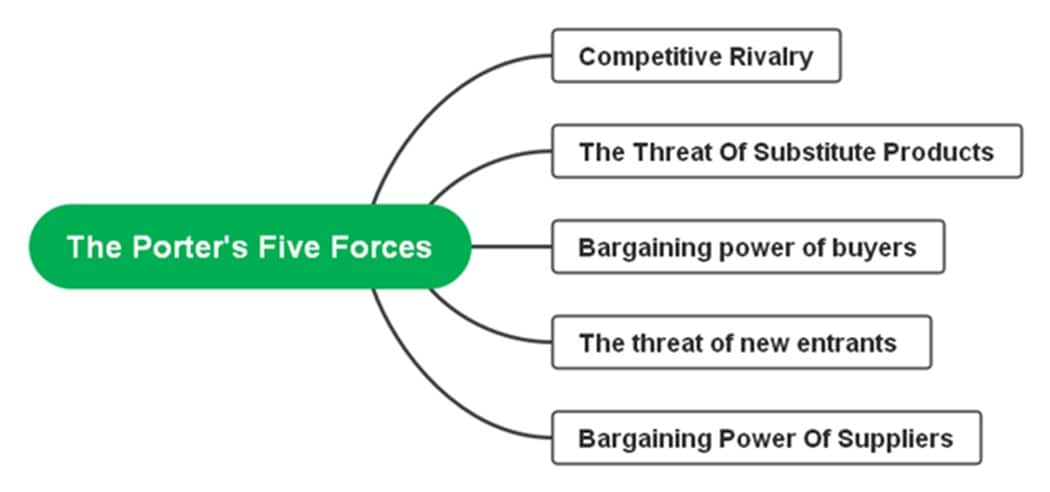
Competitive Rivalry
The first and foremost thing to review is the competition that your organization faces or might face if you are about to enter a certain industry or set up a new venture.
Consider both the large and small scales regarding the number of direct competitors in your industry and the services or products they offer compared to yours.
Markets with several competitors are appealing. However, they cannot sustain for a long time.
The highly competitive market, with numerous companies pursuing similar work, lessens your power and can drive you to lower your prices and develop new products.

The Threat of Substitute Products
This alludes to the probability that the consumers will identify an altered method of doing what your organization does.
You may have initially considered the services or products you offer that help customers. However, as innovation changes and technology advances over the long run, so do customers' problems and desires.
Look at how the life of your customer has evolved as the organization has developed. For instance, you may sell a piece of software that automates a process or synchronizes actions into one stage.
As users make changes, you can discover opportunities to refresh your product or even develop another service offering.

Bargaining Power of Buyers
How much power do your buyers have over you? If you are unable to figure it out or do not have any idea, you need to understand that it is important for you to understand and analyze it.
In case you are selling a product, their power is likely limited to customization needs or order amount. Whereas, when you are offering a service, customers are more open to negotiating.
Keep in mind that customers are incredibly savvy when it comes to price rates, and a lot of them might also have a good knowledge of handling your rivals.
Deciding your relationship with the buyer's power is about how adaptable you can be in service while keeping a legitimate position in your market.

The Threat of New Entrants
Industries that are firmly controlled and require enormous capital investment suggest that companies successful in gaining it can acquire significant traction in a market.
Otherwise, rapidly setting up markets and minimal monetary risk means you can start producing for the customers fast. However, there might be an expansion of similar products or even entire similar companies.
The threat of new entrants lies in how protected your organization is from your competitors. Suppose you have discovered an approach to reduce expenses in the IT industry.
You need to shield your organization from opponent companies or those imitating it that can drive down your prices.

Bargaining Power Of Suppliers
It would help if you focused as much on your costs as you do on your income regarding the brass charge.
Evaluate the suppliers you depend on and the latent influence they have over the services you offer or the products you provide.
The more suppliers available, the easier and stress-free it is to shift to a less expensive substitute.
In case there are not many suppliers you can work with, such as when you sell goods prepared with profoundly precise materials, the more control they have over your organization. An increase in the pricing has a quicker impact.

Analysis of Tesco
Tesco has multiple competitors that are powerful and challenging. They spend extravagantly over the budget for marketing and advertising strategies.
Tesco is a popular brand serving millions of customers weekly, either online or in-store. The bargaining power of the buyers in the UK is low due to their being unorganized.
Tesco is known to work with 2,500 suppliers in the UK and numerous from abroad. To maximize the profit margin, Tesco makes sure it bargains hard with the suppliers.
The threats of new entrants in the supermarket industry are quite low because of the capital requirements.
However, Tesco does not need to worry about the new market entrance, as it is already enjoying economies of scale and has its own rivals.
The threat of substitute products or services for Tesco is near irrelevant. It offers its consumers a wide range of products.

Mind Map Examples for Porter’s Five Forces
Mind map examples from Wondershare EdrawMind’s Gallery illustrate Porter’s Five Forces in a clear, visual way. These diagrams help you analyze competition, supplier power, customer influence, substitutes, and industry threats with better strategic understanding.
Porter’s Five Forces Sunburst Chart
The Porter’s Five Forces sunburst chart shows how different market pressures affect business performance. The central idea of Porter’s Five Forces connects to five key factors that influence strategy, pricing, and competition within an industry.
The inner rings show the Bargaining Power of Suppliers and Customers. These determine how much control each side has in setting prices, affecting cost management and negotiation strength. Balanced relationships create a more stable business environment.
The outer sections display Competitive Rivalry, Threat of Substitutes, and Threat of New Entrants. These represent market challenges that influence innovation, customer retention, and growth opportunities within a competitive landscape.
Porter’s Three Types of Competitive Strategies
This mind map shows Porter’s three main strategies for building an advantage in business. Each branch highlights how companies can compete and grow effectively.
The first strategy, cost leadership, focuses on reducing production and operating costs while maintaining product quality. The second, differentiation, builds value through unique features, design, or service that make products stand out.
The final strategy focuses on serving a specific market or customer segment. By understanding niche needs, companies can offer tailored solutions and strengthen loyalty. Together, these strategies help firms improve performance and sustain success.
Porter’s Five Forces Model (iPhone)
This mind map explains Porter’s Five Forces using the iPhone as an example. It shows how Apple maintains its power and position in the global smartphone market.
Suppliers have limited influence because Apple is a huge company that demands high-quality parts at lower prices. Buyers, however, have many choices. If prices rise, they can switch to other brands.
The threat of substitutes comes from tablets and smartwatches with similar functions. New entrants face high barriers to capital, technology, and brand value. Existing competitors like Samsung and Huawei remain strong, making the market highly competitive.
Porter’s Five Forces Market Strategy
This mind map shows Porter’s Five Forces Market Strategy Analysis Model. It explains how businesses can assess competition and identify opportunities by studying five main factors: competitors, suppliers, customers, substitutes, and entry barriers.
Each force affects how a company operates and competes. Strong suppliers may raise costs, while powerful customers can influence prices. Substitutes and new entrants shape market dynamics and pressure existing players to innovate.
By understanding these forces, companies can design better market strategies. The model helps leaders make informed decisions, evaluate risks, and find ways to strengthen their position in competitive industries.
Porter’s Case Analysis
This mind map explains a case analysis using Porter’s Five Forces Model. It applies the framework to Mayhews Ltd, a small, family-owned UK fuel retailer. The analysis studies competition, supplier power, buyer influence, substitutes, and barriers to entry.
The map highlights how Mayhews operates in a low-margin, high-volume market dominated by supermarkets and integrated fuel suppliers. These conditions make it hard for small firms to stay profitable.
It also shows the impact of rising costs, economic pressure, and strict regulations on independent gas stations. To survive, Mayhews must find value-added strategies and strengthen its market position.
Explore More Mind Maps or Make One for Free Now
EdrawMind makes Porter’s Five Forces mind maps simple and practical to build. You can analyze industry competition, supplier influence, and market entry barriers in one clear visual.
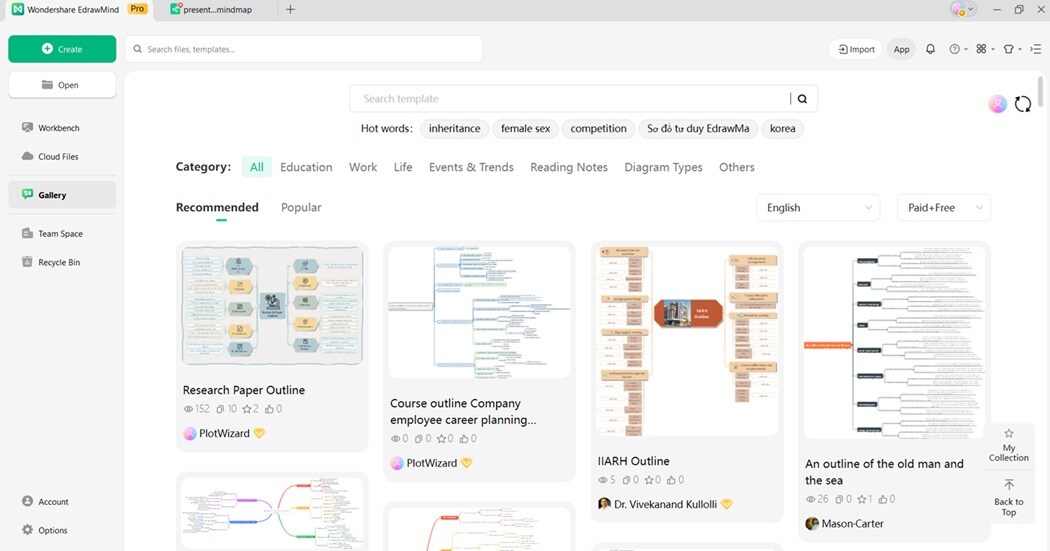
Explore templates from EdrawMind’s Gallery to create strategy maps for market analysis and business planning. These templates help identify strengths, risks, and opportunities in your industry.
Choose a layout that fits your goal. Each template includes editable branches for company strategy, industry structure, and market position.
Here’s how to create your Porter’s Five Forces mind map using EdrawMind:
Step 1: Add Your Core Topic
Start with “Porter’s Five Forces” as the central idea. This helps you organize all competitive elements around one clear point.
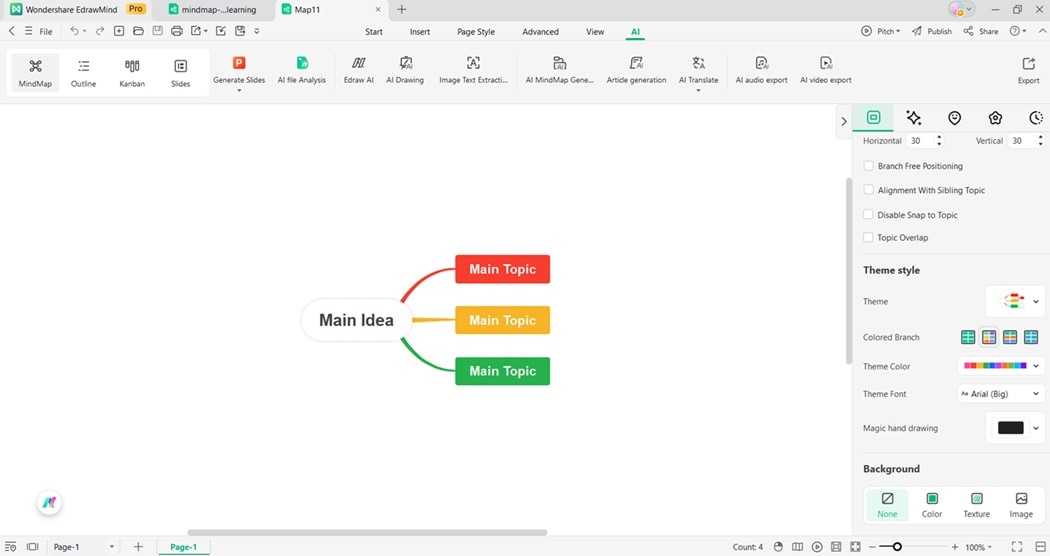
Step 2: Build Key Branches
Add branches for each force, such as Competition, Suppliers, Buyers, Substitutes, and New Entrants. This gives you a complete overview of market pressure points.
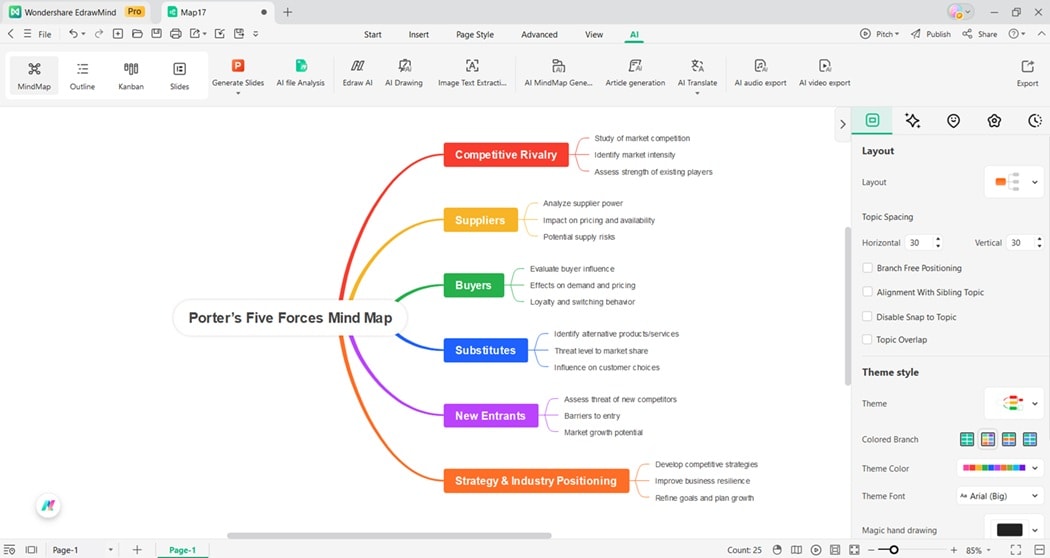
Step 3: Customize With Visuals
Use colors, icons, and lines to represent market dynamics and their relationships. Highlight areas of strong influence or potential risk.
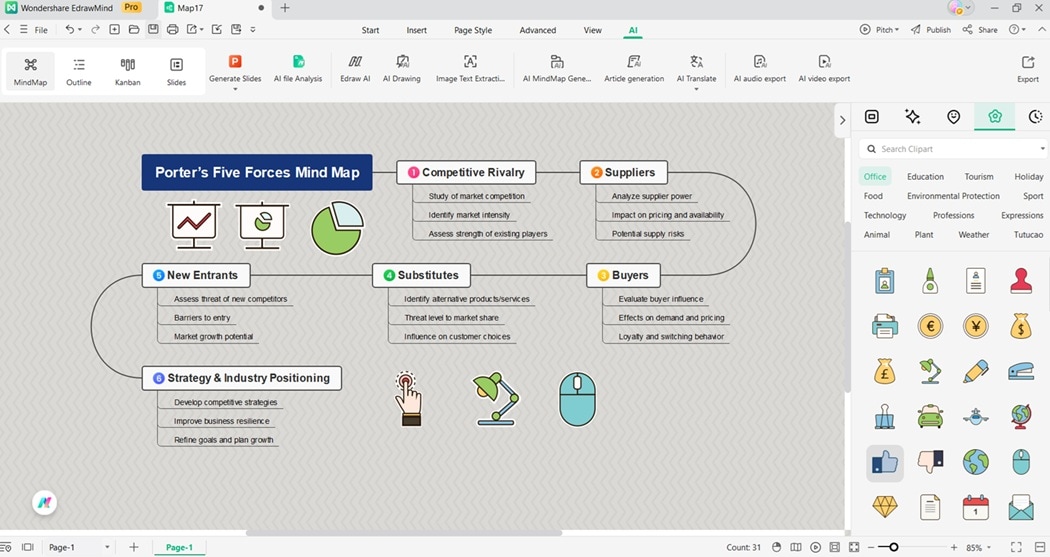
Step 4: Improve With AI Assistance
With EdrawMind AI, you can analyze forces faster, summarize market trends, and generate strategic insights. It supports better planning and competitive forecasting.
The Porter’s Five Forces Mind Map begins with the study of competitive rivalry. It identifies market intensity and existing player strength.
The next part examines suppliers, buyers, substitutes, and new entrants. Each branch helps clarify how power shifts in different market scenarios.
The final part highlights strategy development and industry positioning. It helps businesses improve resilience, refining goals, and plan growth with confidence.




